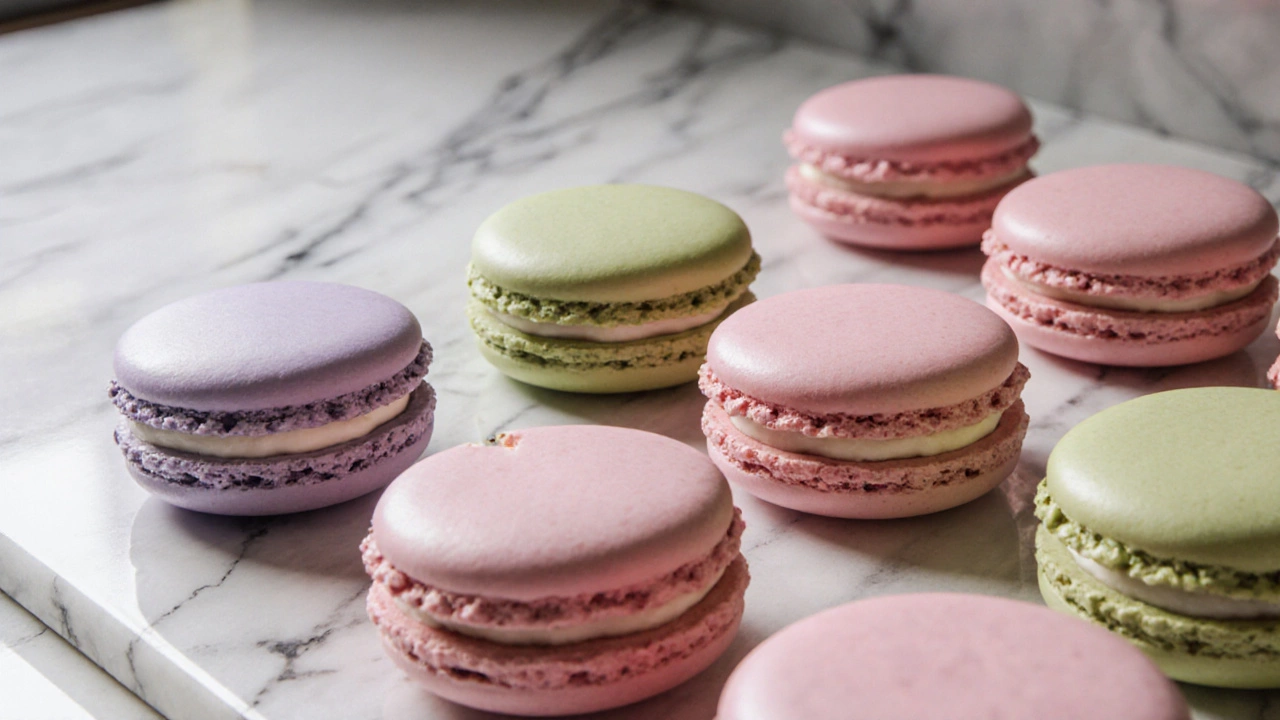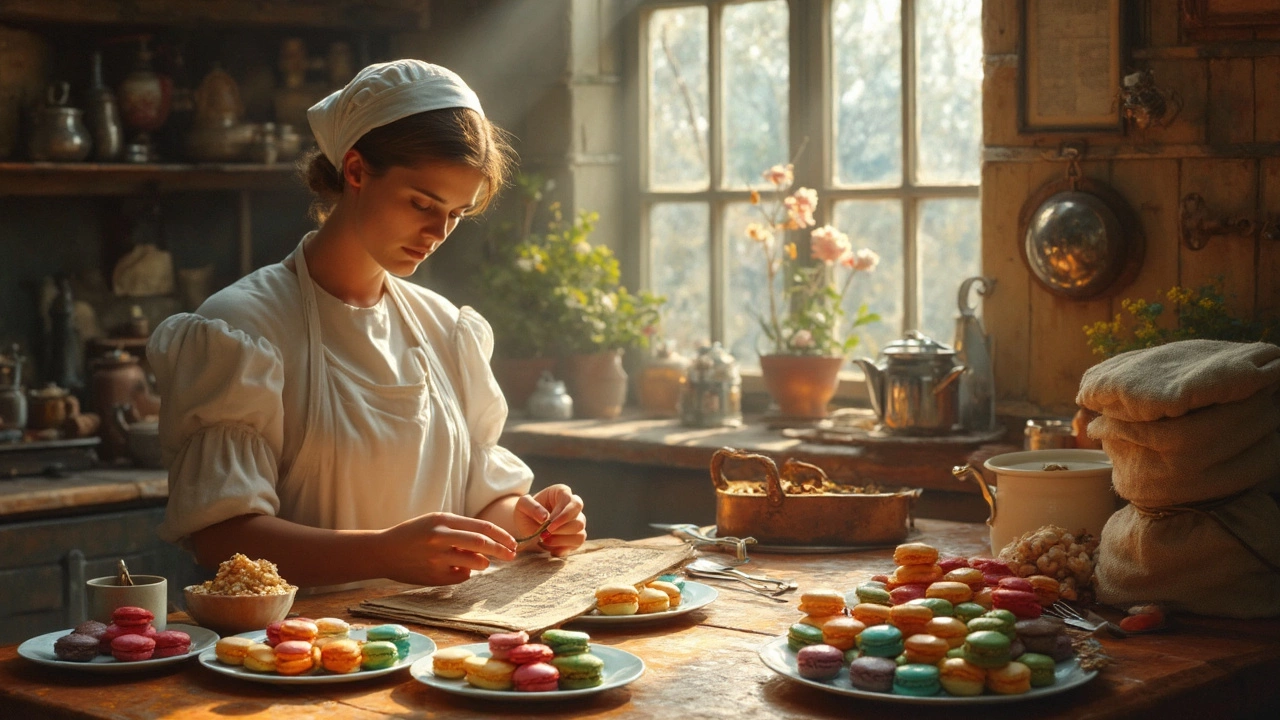
What Does Macarons Mean? Definition, History, Types & How to Enjoy Them
Discover the true meaning of macarons, their history, key ingredients, flavor trends, and a handy guide to baking or buying these French delights.
Ever wonder how a tiny almond‑melted cookie became a global Instagram star? The answer stretches back centuries, across royal kitchens and bustling bakeries. Knowing the backstory helps you appreciate every bite, whether it’s a classic vanilla‑cream or a bold matcha flavor.
The first macaron‑like treats appeared in Italy during the 8th century. Monks mixed almond paste with honey and shaped simple rounds for Easter. When Catherine de' Medici married into the French royal family in the 1500s, she brought the recipe to the French court. There, bakers added egg whites, creating a lighter, sand‑like texture that caught the aristocracy’s eye.
At first, macarons were single‑piece cookies, not the sandwich style we see today. They were served on silver trays, often flavored with orange blossom water or rose. The pastry stayed a niche luxury for about three centuries, limited to the elite and special occasions.
Everything changed in the early 20th century when the Parisian bakery La Maison du Petit Four started pairing two shells with buttercream, jam, or ganache. This “double‑decker” macaron made a splash at the 1930 World Fair, turning the treat into a must‑have souvenir.
Post‑World War II, the French government promoted macarons as a symbol of national culinary pride. Modern bakeries like Ladurée and Pierre Hermé refined the technique, perfecting the smooth top, crisp “feet,” and endless flavor combos. Their glossy pastel boxes turned macarons into gift‑giving staples.
Today, the macaron is a global phenomenon. From Tokyo’s matcha‑infused shells to New York’s salted caramel, bakers experiment with ingredients while still respecting the original almond‑egg‑white base. The rise of social media amplified the trend—bright colors and delicate designs are perfect for scrolling feeds.
If you’re curious about the practical side, understanding the history helps you master the craft. Classic French methods call for precise meringue peaks, a gentle “macaronage” fold, and a resting period before baking. Skipping any step can ruin the signature “feet” that define a true macaron.
Whether you’re a baker looking to perfect the technique or just a sweet tooth, knowing how the macaron evolved adds a tasty layer of appreciation. From monastic almond treats to high‑fashion desserts, the journey shows how simple ingredients can become iconic when tradition meets creativity.
Ready to try your hand at making one? Start with a basic almond flour, powdered sugar, egg whites, and a pinch of cream of tartar. Follow the steps, experiment with fillings, and you’ll be part of the macaron story yourself.

Discover the true meaning of macarons, their history, key ingredients, flavor trends, and a handy guide to baking or buying these French delights.

Ever wondered where the macaron comes from? This article uncovers the real story behind the famous treat, clears up common myths, and shares fun tidbits that go beyond what you see at the bakery. You’ll get helpful tips for spotting authentic macarons and learn why this cookie looks and tastes like nothing else. If you like baking or are just a curious foodie, this guide promises plenty of bite-sized surprises. No fluff—just the chewy facts.